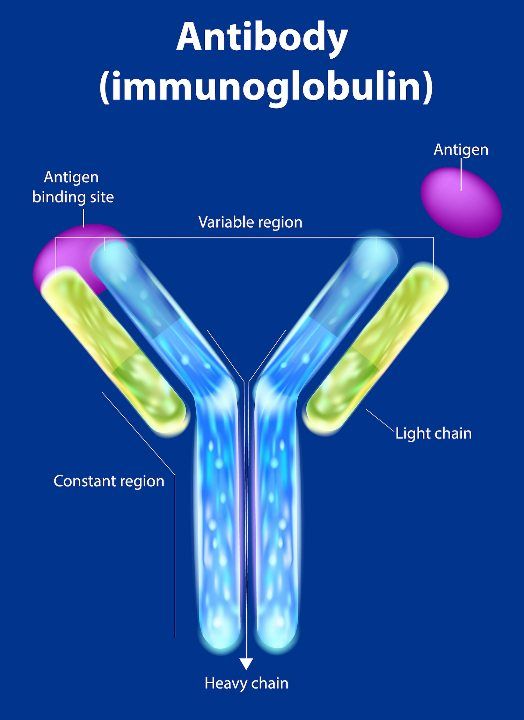A research team at Georgia State University has developed tiny, potent molecules that are capable of targeting hidden strains of HIV. The source? Antibody genes from llama DNA.
The research, led by Assistant Professor of Biology Jianliang Xu, uses llama-derived nanobodies to broadly neutralize numerous strains of HIV-1, the most common form of the virus. A new study from this team has been published in the journal Advanced Science.
“This virus has evolved a way to escape our immune system. Conventional antibodies are bulky, so it’s difficult for them to find and attack the virus’ surface,” Xu explained. “These new antibodies can do this in an easier way.”
Scientists in pursuit of effective HIV treatment and prevention have been working with animals in the camelid family — like llamas — for about 15 years. That’s because the shape and features of their antibodies make them nimbler and more effective at identifying and neutralizing foreign objects, like the HIV virus.
This new research presents a widely applicable method to enhance the performance of nanobodies. Nanobodies are engineered antibody fragments that are about one-tenth the size of a conventional antibody. They are derived from flexible, Y-shaped heavy chain-only antibodies — made up of two heavy chains — which are more effective at fighting certain viruses than conventional antibodies with light chains.

For the study, researchers immunized llamas with a specially designed protein which results in the production of neutralizing nanobodies. Xu and his team then identified nanobodies that can target vulnerable sites on the virus. When the team engineered the nanobodies into a triple tandem format — by repeating short lengths of DNA — the resulting nanobodies demonstrated remarkable effectiveness, neutralizing 96 percent of a diverse panel of HIV-1 strains.
Further analysis uncovered that these nanobodies mimic the recognition of the CD4 receptor — a key player in HIV infection. To enhance their potency, the nanobodies were fused with a broadly neutralizing antibody (bNAb), resulting in a new antibody with unprecedented neutralizing abilities.
“Instead of developing a cocktail of antibodies, now we can make a single molecule that can neutralize HIV,” Xu said. “We are working with a broadly neutralizing nanobody that can neutralize over 90 percent of the circulating HIV strains, and when we combine that with another bNAb which also neutralizes some 90 percent, together, they can neutralize close to 100 percent.”
Xu began this research at the National Institutes of Health Vaccine Research Center in Bethesda, Md., where he collaborated with a team of more than 30 scientists. The team included Peter Kwong, professor of biochemistry and molecular biophysics at Columbia University and co-author of the study. Since coming to Georgia State in 2023, Xu has been mentoring Payton Chan, a Ph.D. candidate at Georgia State. Together, they are working to expand these potential remedies.
Chan said she is excited about the prospects of the innovative research.
“These nanobodies are the best and most potently neutralizing antibodies to date, which I think is very promising for the future of HIV therapeutics and antibody research,” Chan said. “I hope one day there will be approval of these nanobodies for the treatment of HIV.”
According to Xu, future efforts will explore the possibility of combining llama nanobodies with other existing bNAbs to determine if some of these combinations can achieve 100 percent neutralization to offer new treatment options in the fight against HIV.
Reference: Jianliang Xu et al, Ultrapotent Broadly Neutralizing Human‐llama Bispecific Antibodies against HIV‐1, Advanced Science (2024). DOI: 10.1002/advs.202309268
